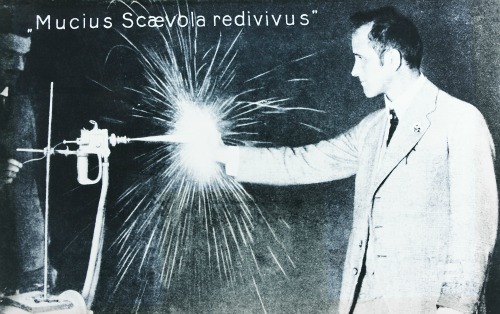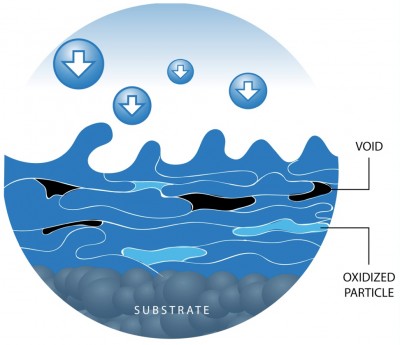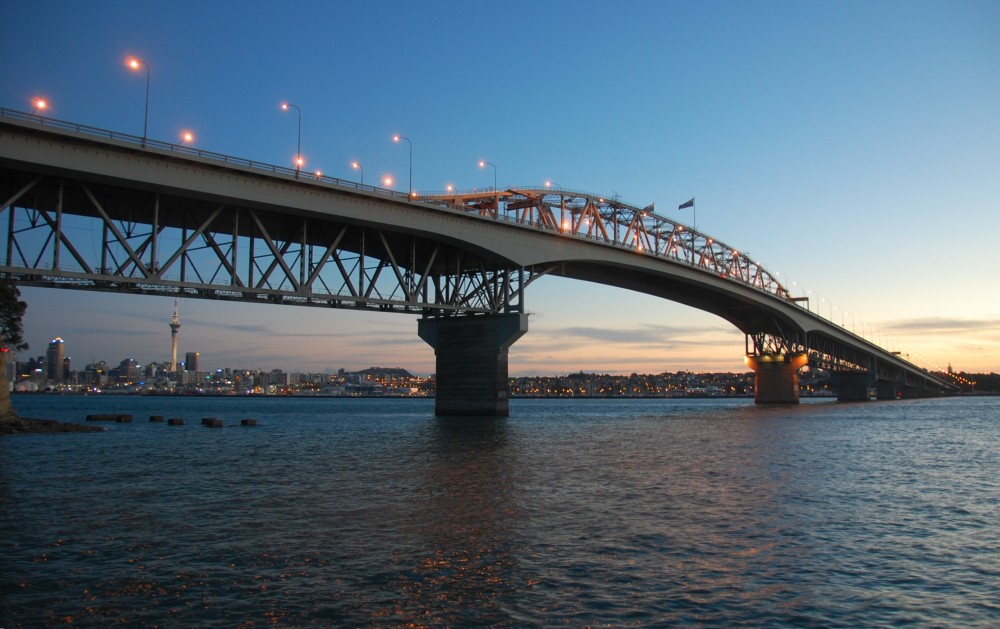About Thermal Spray
Swiss inventor Max Ulrich Schoop is believed to be the father of thermal spray technology as he submitted the first two patents in Germany and Switzerland for a metal spraying process delivering "dense metallic coatings" in the year 1909. Thermal spray, also commonly known as metal spraying or Metallizing is a surface engineering / coating process where a wide range of metals and ceramics can be sprayed onto the surface of another material. The technology repairs, protects or extends the life of a wide variety of products in the most hostile environments and in situations where coatings are vital for safety and performance. Thermal spraying is widely used to provide corrosion protection to ferrous metals or in engineering to change the surface properties of the sprayed items, such as improve the wear resistance or thermal conductivity. The range of thermal spray applications is vast and a selection of them are summarised in our applications section.

Arc Spray, Flame Spray, HVOF and Plasma are all variations on the basic principles of metal spraying but offering different results and forms of operation. All methods of thermal spraying involve the projection of small molten or softened particles onto a prepared surface where they adhere and form a continuous coating. To create the molten particles, a heat source, a spray material (wire or powder) and an atomisation / projection method are required. Upon contact, the particles flatten onto the surface, solidify and mechanically bond, firstly onto the roughened substrate and then onto each other as the coating thickness is increased. Various equipment types can be viewed here.

Metallising was introduced to New Zealand in 1952 when George Hick, the senior foreman at Mason Mesco Engineering, demonstrated the process to potential customers with an oxygen/acetylene wire pistol designed to spray a ferrous or non-ferrous coating for reclamation work.
In the late 1950's, Davy Metal Industries Flame Sprayed the Auckland Harbour Bridge with 100 tonnes of zinc wire. Now, over fifty years later, the bridge is still in perfect condition.

